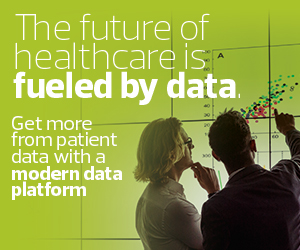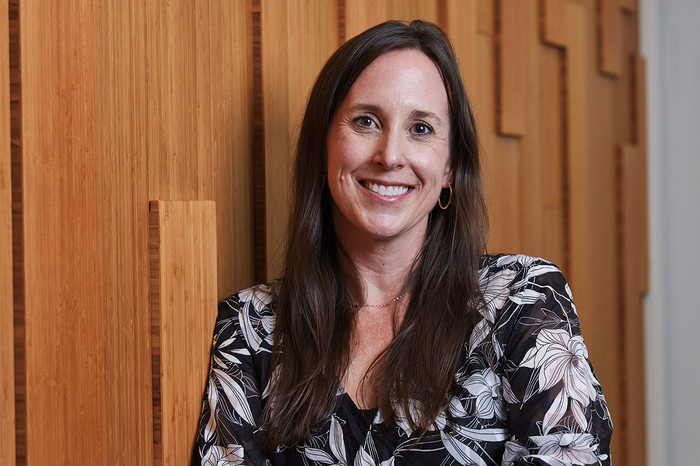HEALTHTECH: How has healthcare data evolved over the past decade, and how are healthcare organizations adapting? Where do challenges remain for turning insights into action?
BROOKS: Healthcare has been reliant on data and information that is captured in our electronic health records, and EHRs were not traditionally built to capture data and information in a way that could be easily analyzed and then used to act. The platforms that we were so entrenched in using really weren’t designed to do the level of on-demand analytics that you need for it to be actionable, but it’s what we had.
I think that’s still the challenge that we as an industry continue to go through. I think that’s why you see other health systems moving to use Amazon’s or Google’s analytics services, because mastering Big Data is not a healthcare core competency. But we’re learning that it’s a core competency that we need, and there are other industries that do a far better job than we are doing. I think we’re in that learning curve of trying to understand how to leverage that information. But also, how are we different? Because we’re not just talking about taking retail analytics to try to prompt a consumer to buy more things on Amazon, for example, which works really well. That’s not exactly what we want to do with healthcare data.
There are elements of consumerism that we have to pay attention to in healthcare. We need to make sure we’re delivering the right things for our consumers, but we can’t just take the retail consumerism platforms and layer them on top of healthcare analytics. So, what can we use from that space? What makes sense for healthcare? How do you protect your data? We still have to understand those boundaries.
Click the banner below to learn how a modern data platform supports decision making.















